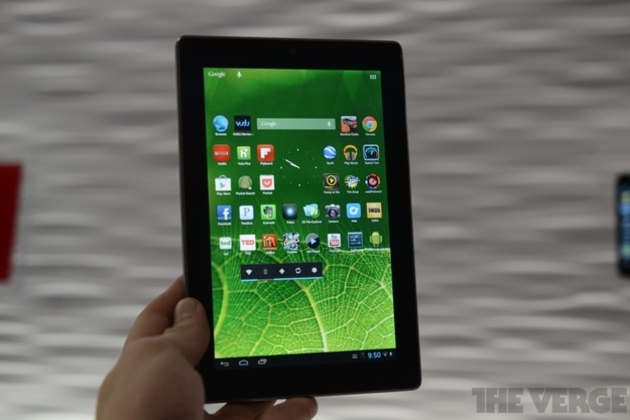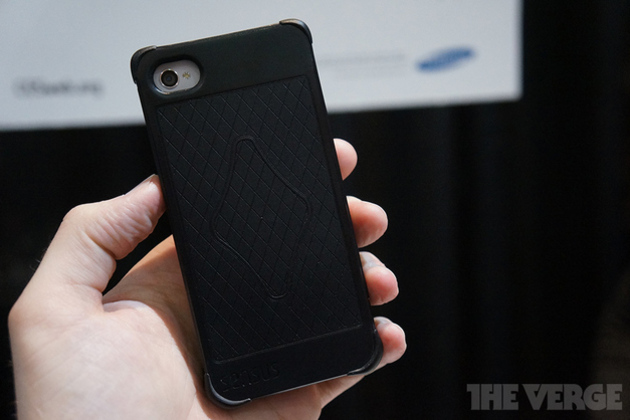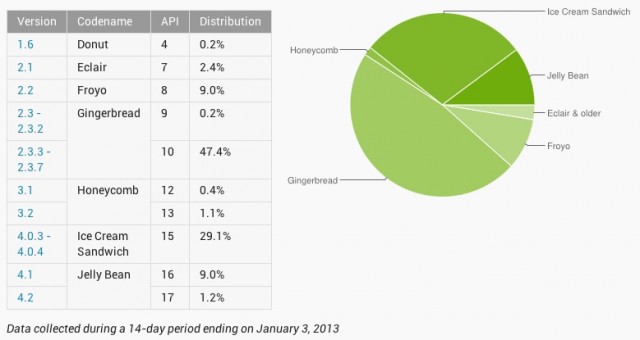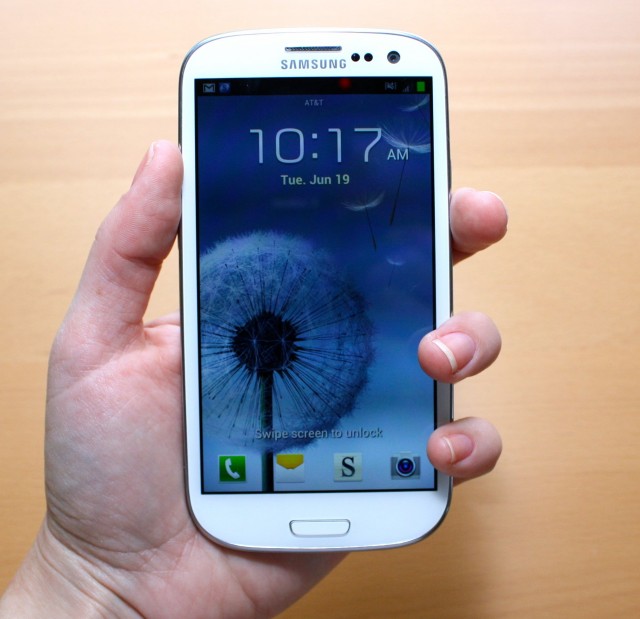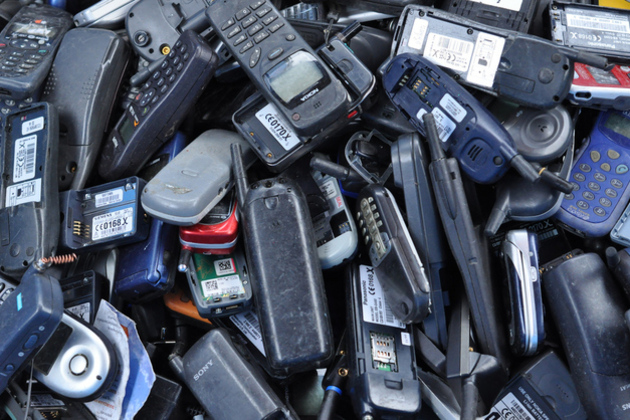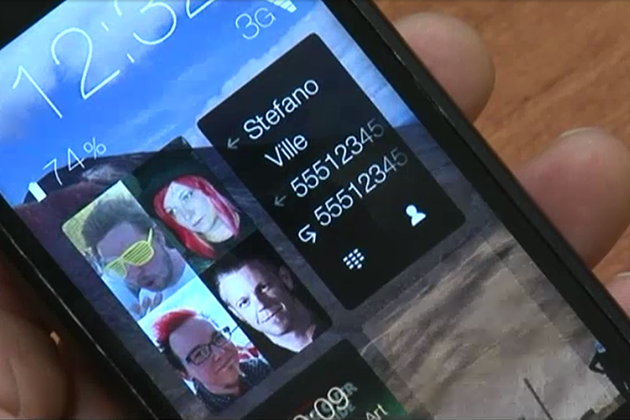---
Nokia’s next-gen Windows Phone may get a 41-megapixel camera
Nokia is angling to release a Windows Phone handset with a real-deal PureView camera, reports The Verge. The next generation Lumia would include a 41-megapixel sensor similar to the one found in Nokia’s Belle-powered 808 PureView smartphone, and would help it stand out in a sea of 8-megapixel cameras embedded in diminutive black slabs.
The specs of the Nokia 808 PureView’s sensor blew us away when it was revealed at Mobile World Congress last year—it had a giant camera protrusion from the back that resembled a periscope (we explained last year the merits of the massive sensor and its ability to oversample pixels). The phone didn’t launch in the US, it used Nokia’s own operating system, and it didn't rack up huge sales numbers, but its attempt to push the smartphone camera out of the 5-to-8 megapixel comfort zone earned it attention.
When the Nokia Lumia 920 was announced in fall 2012 alongside Windows Phone 8, the PureView branding of its camera created brief speculation that it would carry the same 41-megapixel sensor as the 808 PureView. Ultimately, Nokia’s use of the PureView brand turned out to be more flexible, and the Lumia 920 had just an 8-megapixel camera with some expanded functionality.
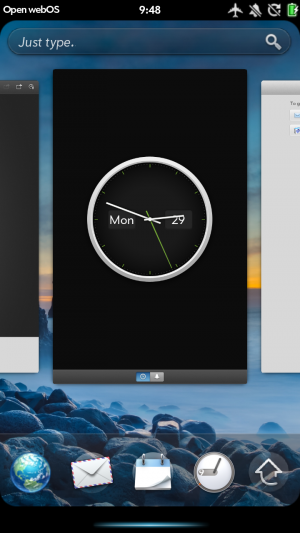


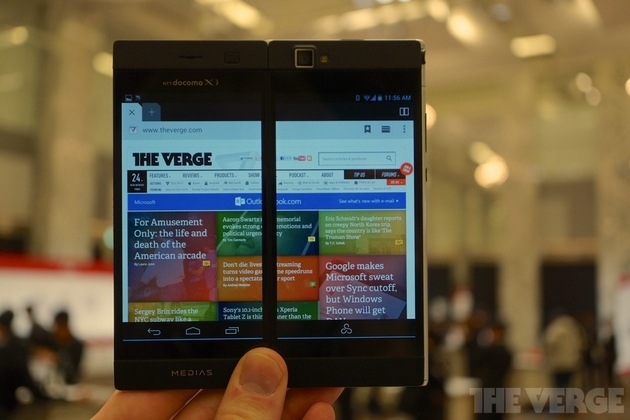
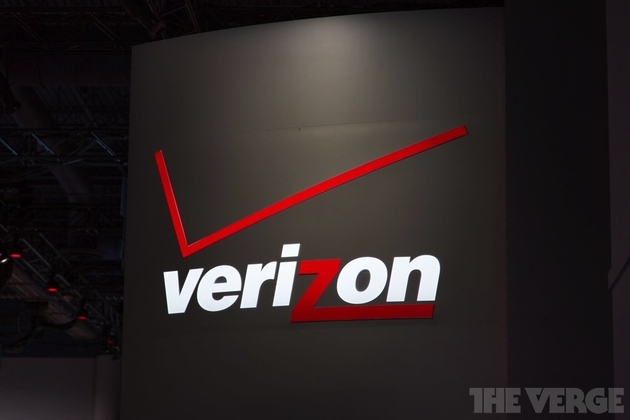
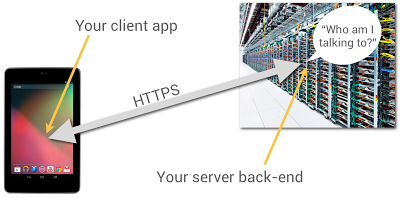
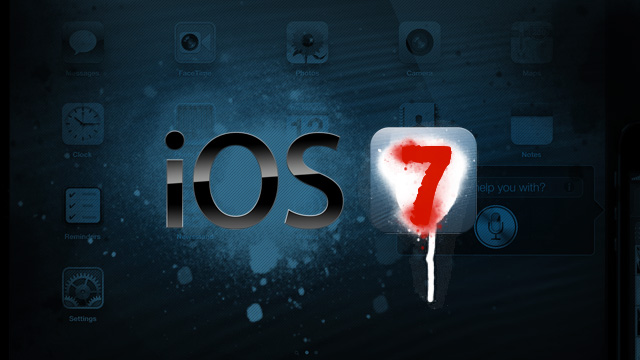

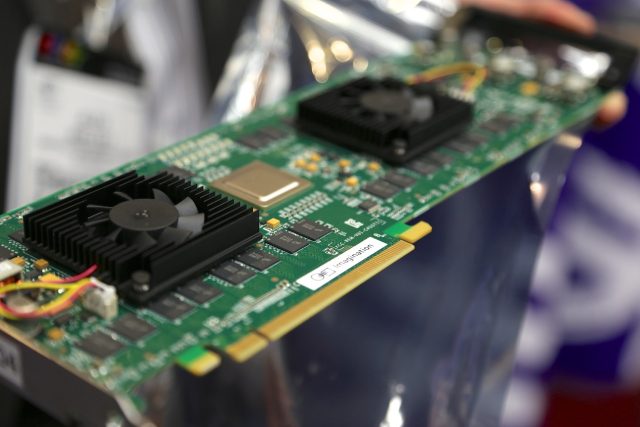
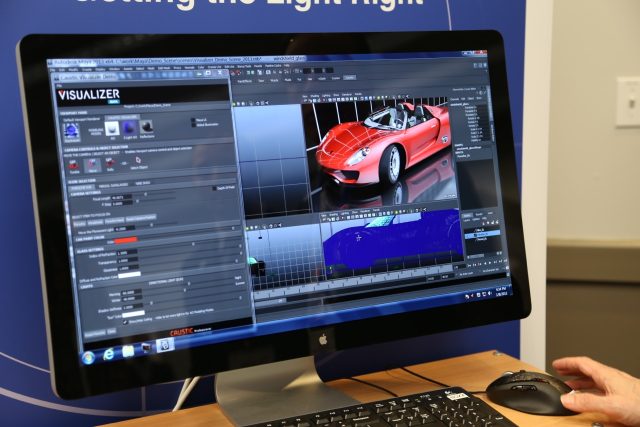
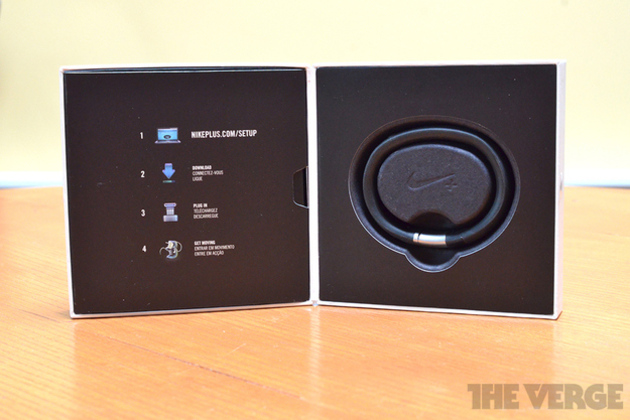
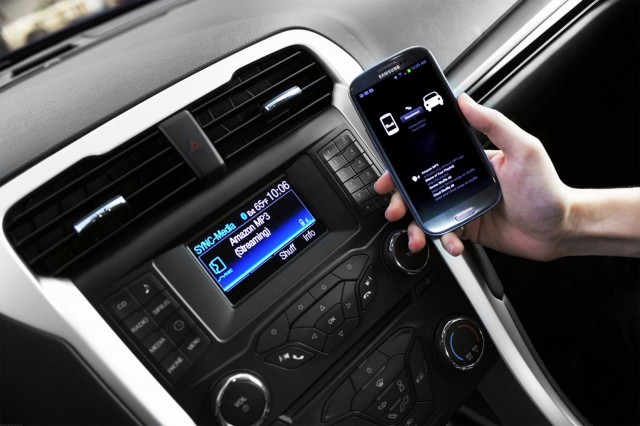
 US Representative Hank Johnson (D, GA) is unveiling a new draft bill that would require app developers to disclose their information-gathering practices, and allow users to request their stored information to be deleted.
US Representative Hank Johnson (D, GA) is unveiling a new draft bill that would require app developers to disclose their information-gathering practices, and allow users to request their stored information to be deleted. 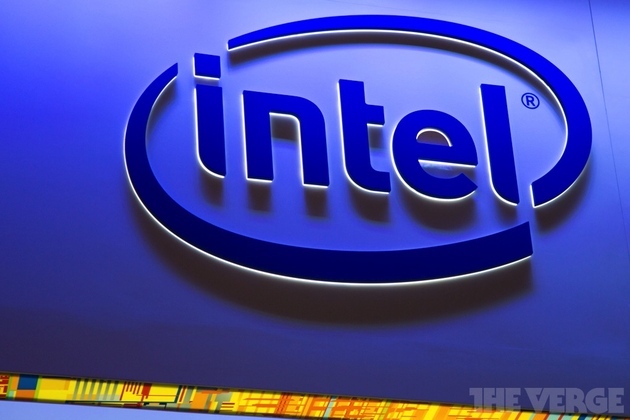 Intel has seen itself stuck in a difficult position as its primary business — PC processors — gets marginalized by the growth of smartphones and tablets powered by competitors' chips. The company is managing to keep up with expectations, however, as it revealed in its earnings report today that it earned a total of $3.2 billion on $13.5 billion in revenue during the quarter. While Intel may have met Wall Street's expectations, it is clear that it's feeling the effects of
Intel has seen itself stuck in a difficult position as its primary business — PC processors — gets marginalized by the growth of smartphones and tablets powered by competitors' chips. The company is managing to keep up with expectations, however, as it revealed in its earnings report today that it earned a total of $3.2 billion on $13.5 billion in revenue during the quarter. While Intel may have met Wall Street's expectations, it is clear that it's feeling the effects of 
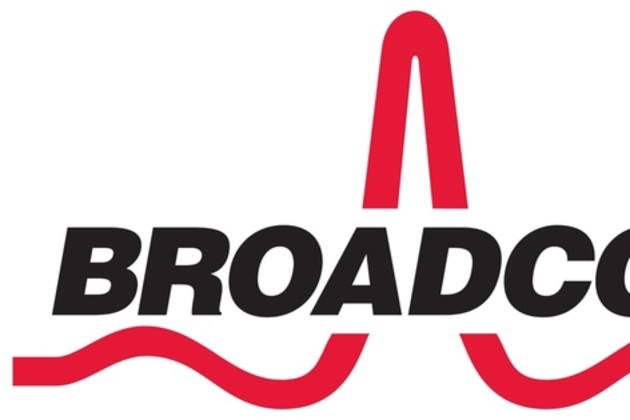
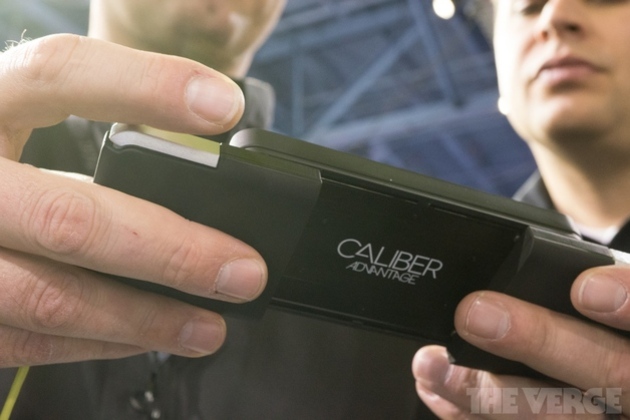
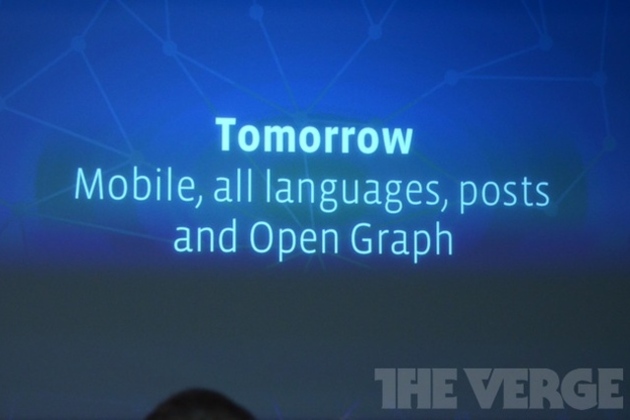
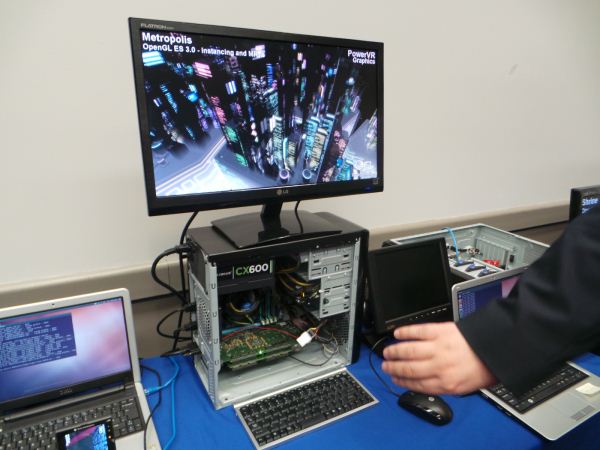
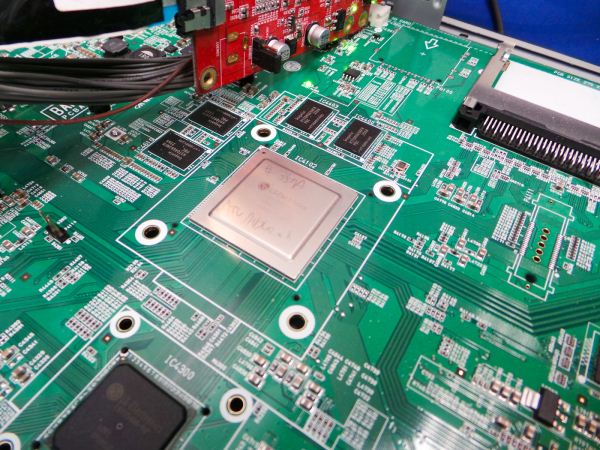



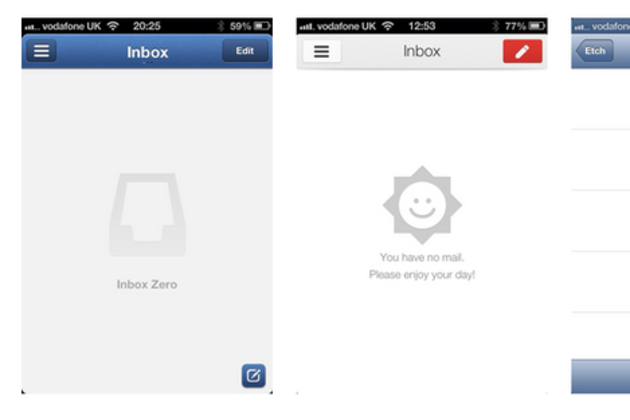
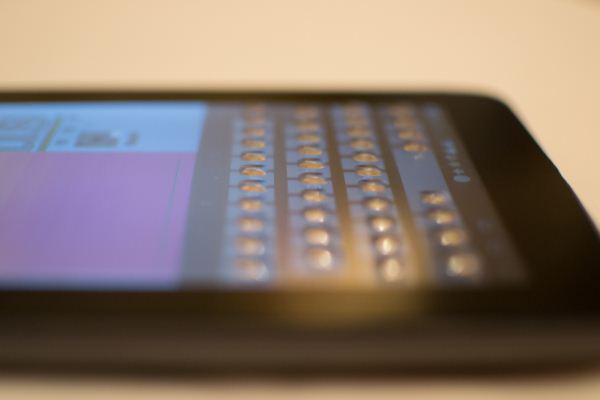
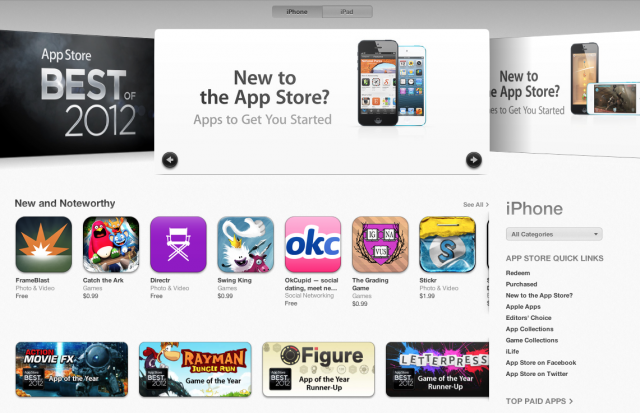
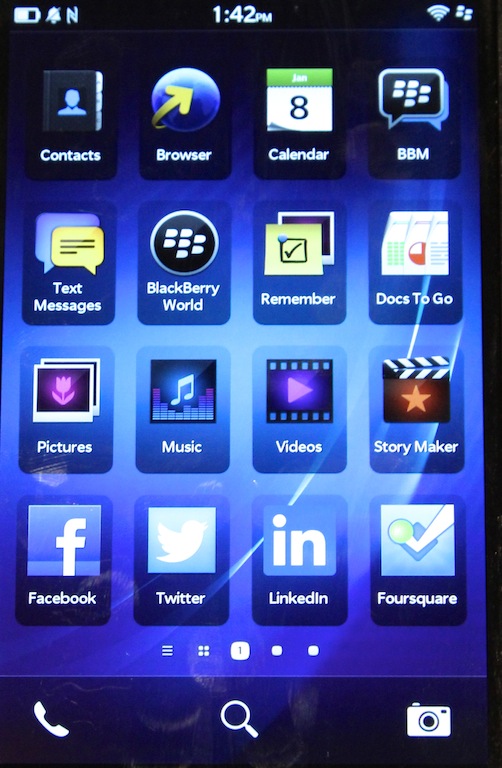
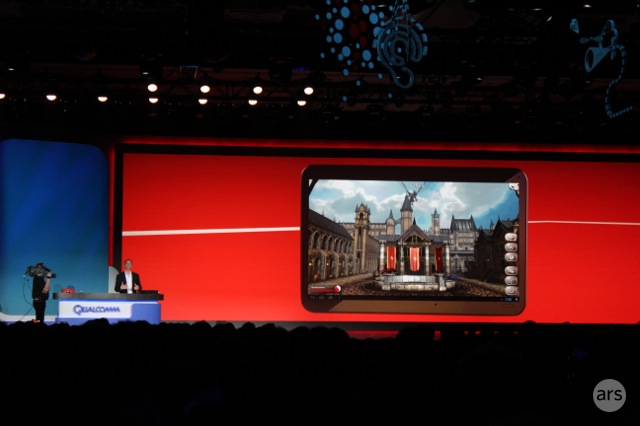
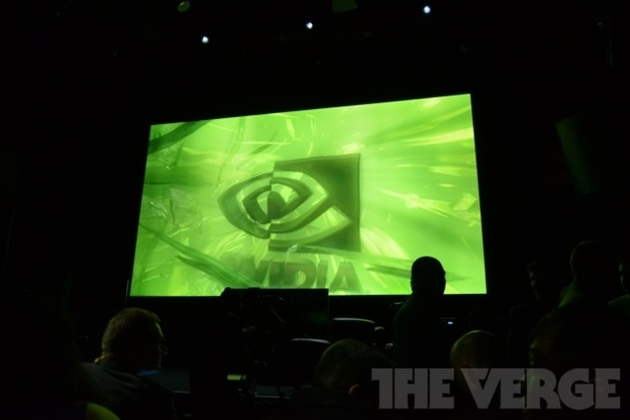
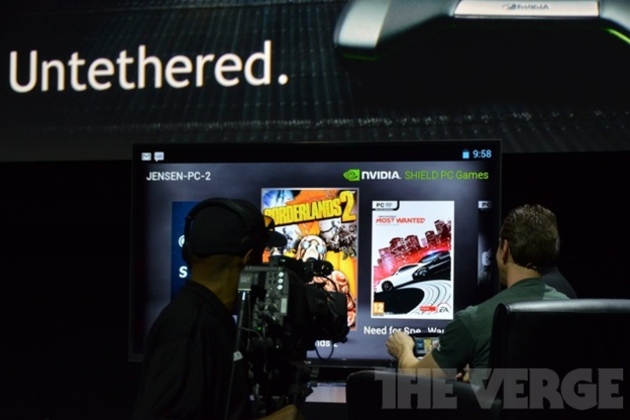
 Delphi and Verizon this week unveiled their new
Delphi and Verizon this week unveiled their new 